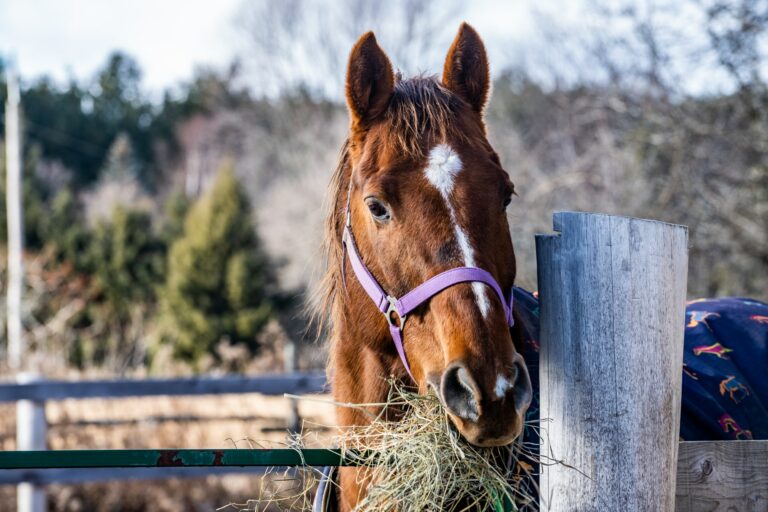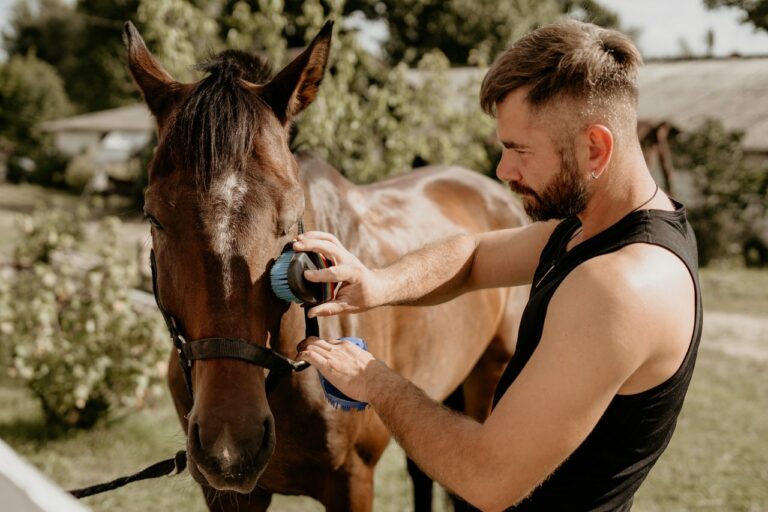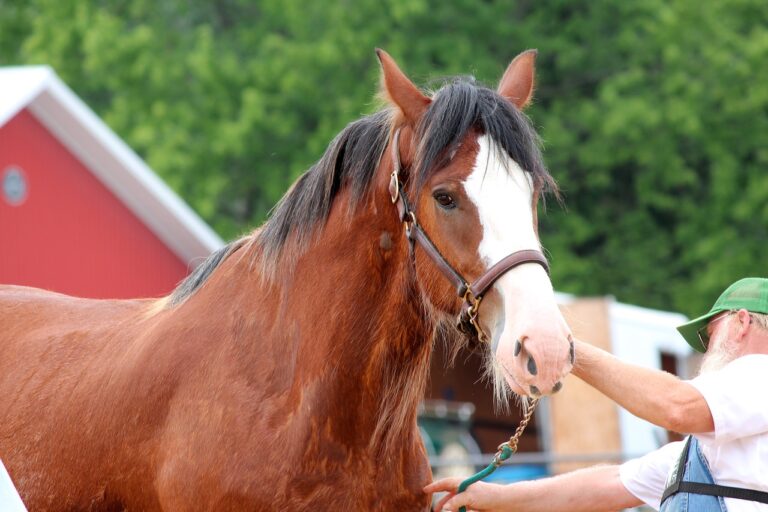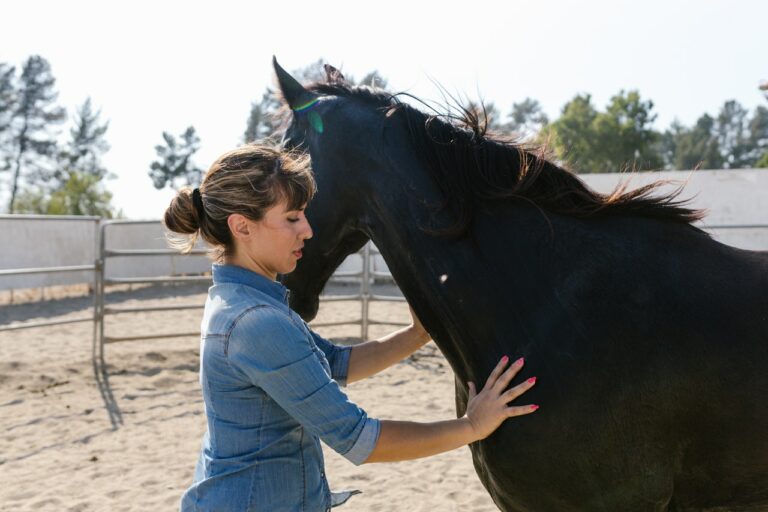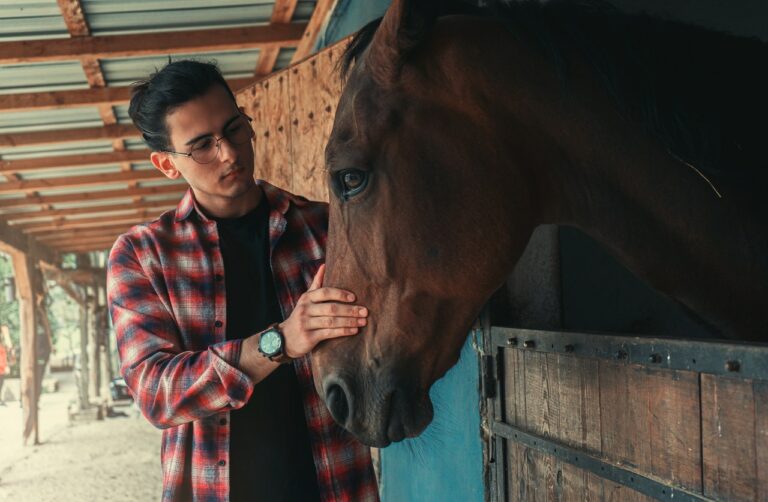We all show signs when we are feeling unwell. Most of the time is the absence of the desire to eat and then weariness, the desire to lie down, sleep and rest, while our body takes care of the disease. If the pain is physical, then we show our distress by frowning or holding the affected area.
Horses also show symptoms of diseases and illnesses, as well as fitness issues and issues with their bones and muscles. In order to spot these symptoms and prevent any further damage, you have to know where to look. Read on to find out what symptoms horses show when something is wrong with their health.
A Loss of Appetite

Horses, like most animals, show a loss of appetite when things are not completely right. Now, in horses, that might mean a plethora of things. The first thing to check for is worms. Worms are common in horses and a healthy dose of medicine should get rid of them. However, it could be many other things, some of them not related to the gastrointestinal tract.
Monitor your horse’s appetite and look for changes. A healthy horse will be eating regularly, without much hesitation until they are full.
Diarrhea or Bad Poop, in General
Just like with humans, when our excrements become a different color or behave differently, have a different mass, shape or color, it indicates that things are happening in the GI tract. That is also true for horses and many other animals. But, the GI tract might not be the cause, once more, but if the poop changes or becomes liquid, it is time to call a professional and have them examine the horse.
Loneliness or Isolation

Horses that show signs of loneliness such as separating from the herd or signs of lethargy are also possibly affected by a disease. Horses like to spend time near other horses and they often have their head in a relatively high position, with their ears pointing in a direction of interest.
However, when horses become lethargic, they can isolate and hang their heads lower, and their ears would look disinterested, their eyes more closed than usual.
Look for any symptoms of isolation or loss of energy. This could be a sign of something more serious.
Fever
This is an obvious example of when things go bad. A normal horse temperature is between 37.5 and 38.5 Celsius and 99 and 101 Fahrenheit. Anything above that, and you might have a problem. You can’t really tell a horse’s temperature by touching them. They might have sweaty parts of their body or faster breathing and a faster heart rate, but the best way to check is by using a digital thermometer. They are everywhere nowadays (especially due to a global pandemic), so checking your horse’s temperature is easy. Extreme heat will modify that temperature so have that in mind.
A Loss of Coat Shine

Your horse’s fur should almost always have a shiny coat unless outside during winter months.
If the coat is not looking good, shiny or is in any way changing, it could be a sign of an illness, anything from a bad liver to an infection. Groom your horse daily!
Keep an eye out for these signs and you should get an early warning that something might not be right with your horse’s health.


